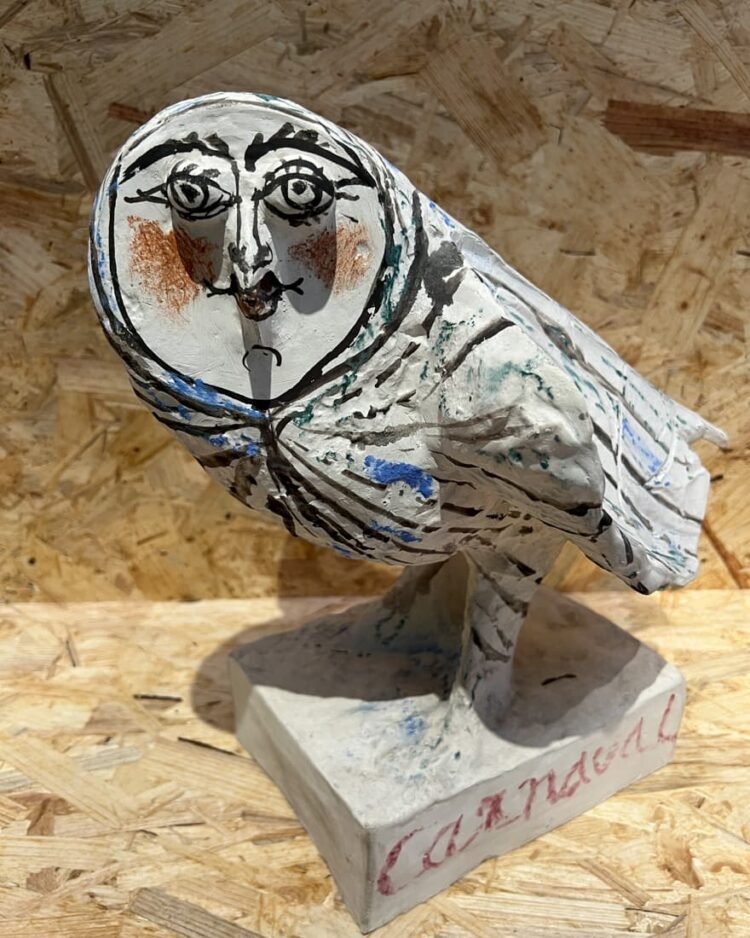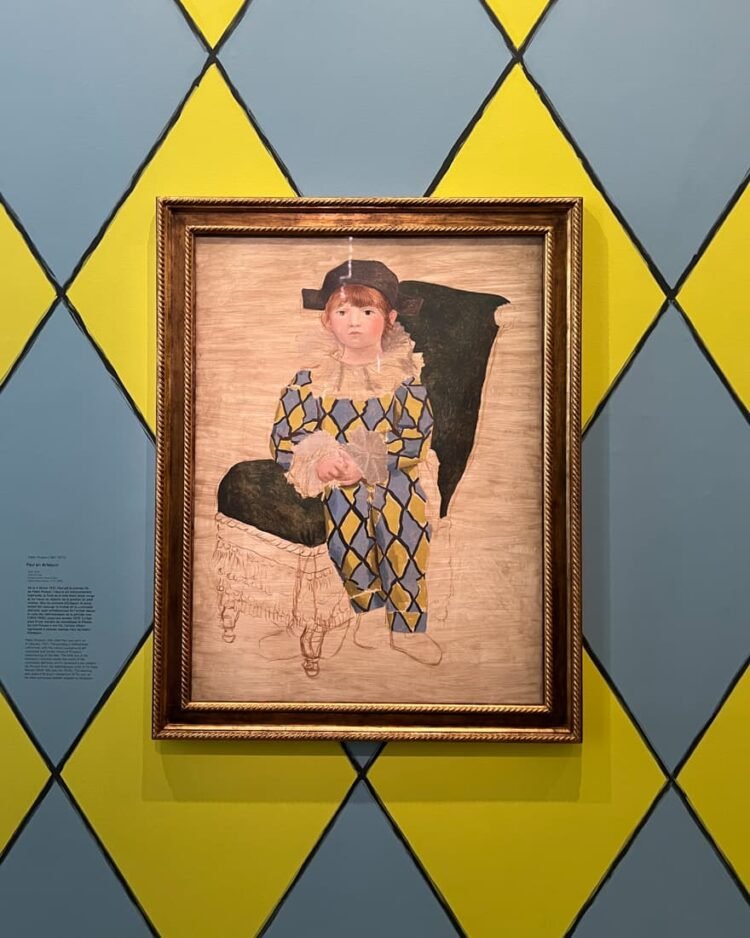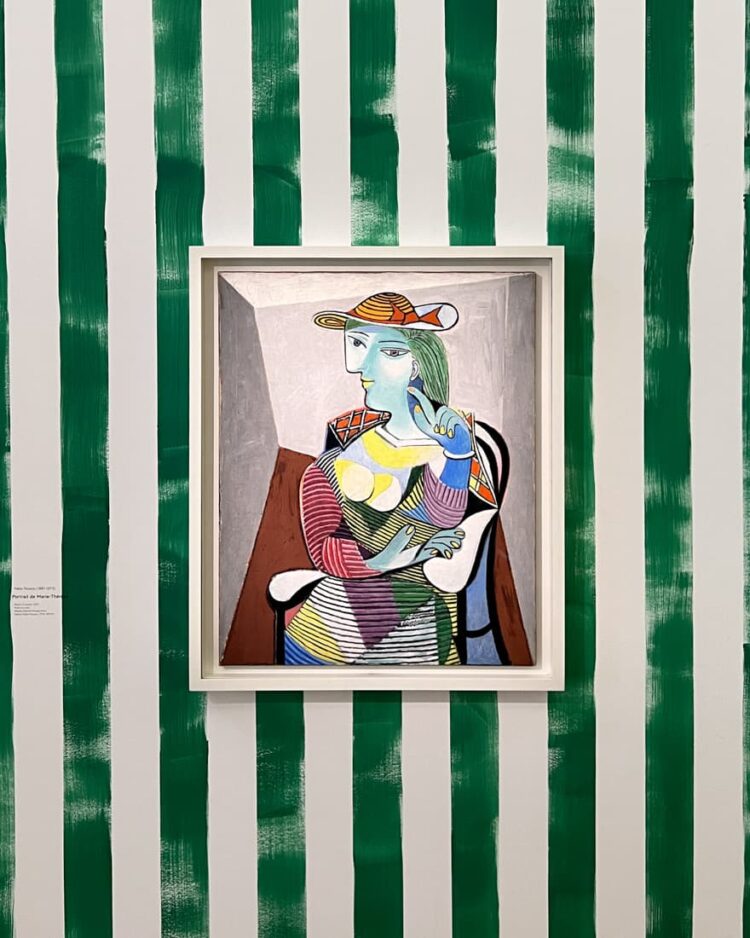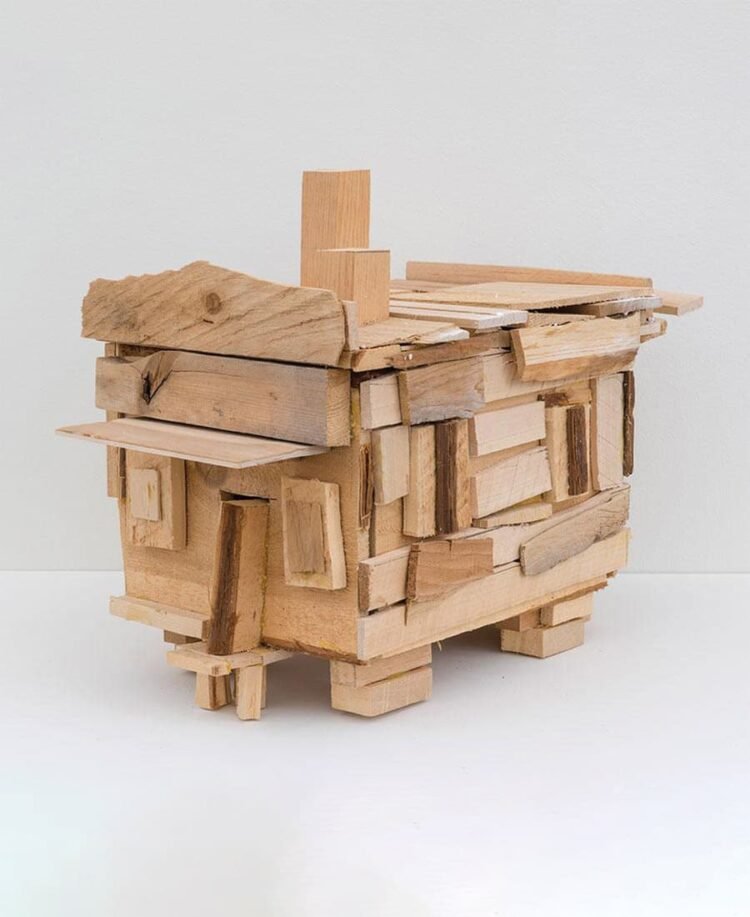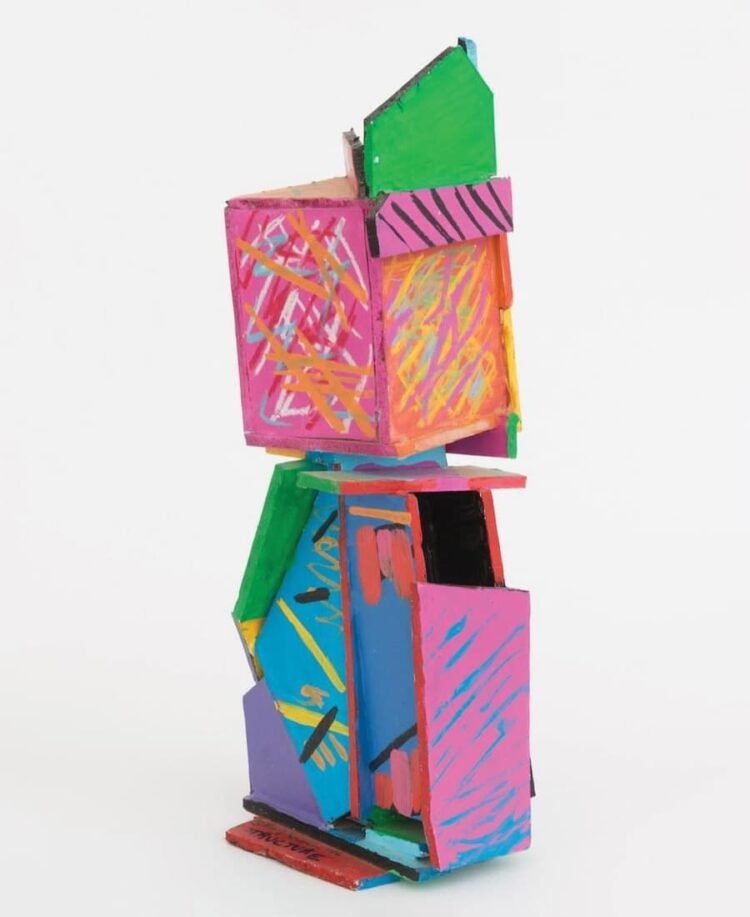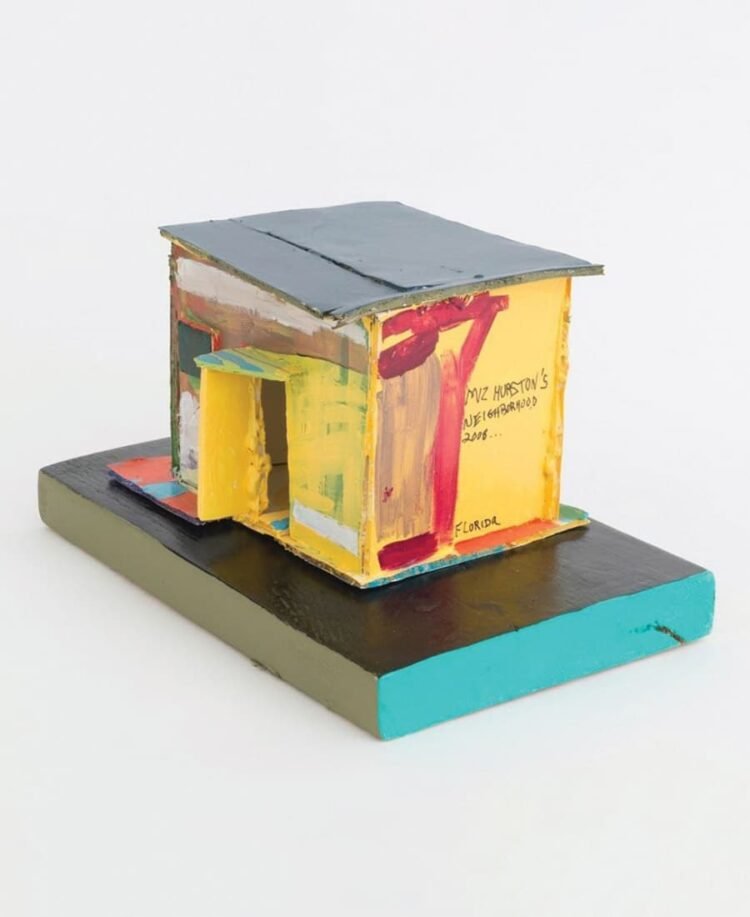Specifically speaking in the context of art, jealousy is a complex emotion that is generally considered to be negative, but it can also be used in positive ways. At its core, jealousy is driven by a fear of not obtaining, or losing, something personally important. For artists, this fear will often manifest as envy toward a peer’s success or by comparing oneself unfavorably to others.
I consider myself lucky because my jealousy is not driven by money, fame, or imagination – things that can be difficult to change. I am primarily jealous of techniques. Specifically, of other artists who can work faster. And this is a potentially manageable problem.
Images via Rob Keller – from the Picasso Museum in Paris 2023
When I think of Picasso, I am always amazed at how prolific he was. He created tens of thousands of pieces and he appeared to have endless amounts of creativity. But behind both of those things is simply the dedication to endless hours working. Work inspires more work. The key is not just to be constantly creating but also to work quickly. I believe that roughing out broad strokes and moving on is better than perfecting tiny details on one thing forever. This allows you to explore more ideas and to rapidly push your work in new directions. (I say this but don’t practice it myself. Advice is easier to give to others than yourself.) I don’t believe there is fundamentally anything wrong with working extremely quickly and almost literally throwing pieces together, but personally, I prefer more control. While there can be extreme beauty in spontaneity and accidents, I strive to make everything with intention and to control the materials rather than be directed by them. You might work just the opposite. Unfortunately, my techniques and preferences are at odds with my desire to create quicker, so this is something I need to work on and either adapt my working processes or expectations for the looks of the final pieces.
Images via the Andrew Edlin Gallery
Beverly Buchanan (1940-2015) is another source of inspiration and jealousy for me. I discovered her only a year ago because of her outsider art styled shack sculptures. These are made of scraps of wood, cardboard, foam core, etc, and appear literally slapped together with paint thrown on them. This unrefined style is conceptually is fitting of the shack theme, but moreover, they are simply beautiful. There is clearly emotion and humanity and something special in these works (her drawings and paintings of shacks also follow the same model). When I look at her workI think “how can I create my buildings in hours or days instead of in weeks?”
I work extremely slowly and meticulously. Even when parts of pieces look rough or imperfect, they were not spontaneous or accidental – I spend a great deal of time going over and over and over my sculptures until they are refined to meet my expectations. I’d like to change this…
Identifying the situation is the first step, and luckily part of it is fairly easy to change – I first need to practice working quicker and more spontaneously. Physically moving quicker is one aspect, setting time limits for how long I’d work on a piece is another. The trickier part is modifying my expectations – I have to still be happy with the results of something that is less refined. I am absolutely a fan of accidents and serendipity, but with my current sculptures, I have a certain vision of how things will turn out in the end, and it’s simply not possible to do more quickly. Maybe the answer is to play and experiment with other techniques and see if that inspires a new body of work that lends itself to quicker production and aesthetic treatments.
In fact, just writing this post has already inspired a new series of pieces that I now plan to start. I think I’ll call it “Daily Barns” – where I’ll make a new sculpture every day. Considering I’m currently spending 30-80 hours per building, having to complete one in an hour or two will be a radical departure from my normal working style. Hopefully this will help build new skills, habits, styles, and expectations. Stay tuned for more of this!
So to conclude my thoughts on jealousy: if left unchecked, jealousy can become a toxic force that can ultimately undermine an artist’s creativity and well-being. If it’s able to take hold, it can lead to feelings of resentment, bitterness, and negativity, which can prevent an artist from fully engaging with their practice and creating their best work. It can also develop a self-defeating mindset, causing them to doubt their abilities and become overly critical of their own work.
Ultimately, I believe the key to managing jealousy is to try to use it as motivation and to actively avoid its negative effects. By focusing on your unique strengths and perspectives, you can find inspiration from others without allowing jealousy to undermine your own practice.
